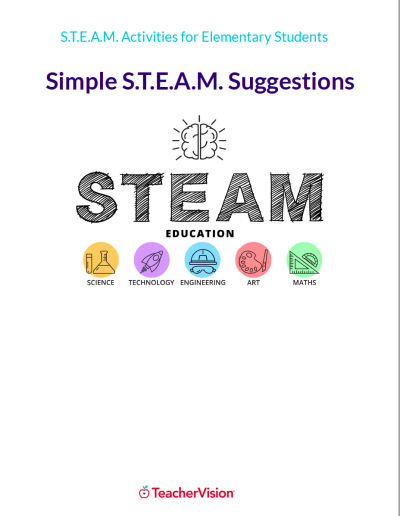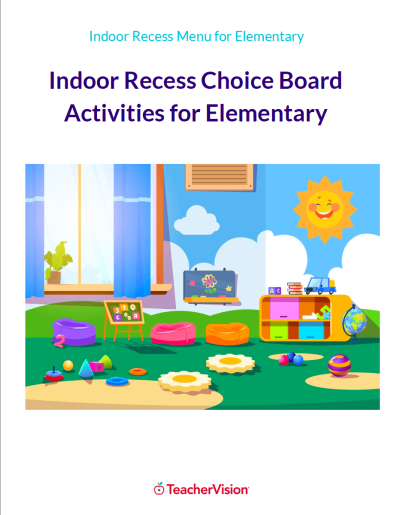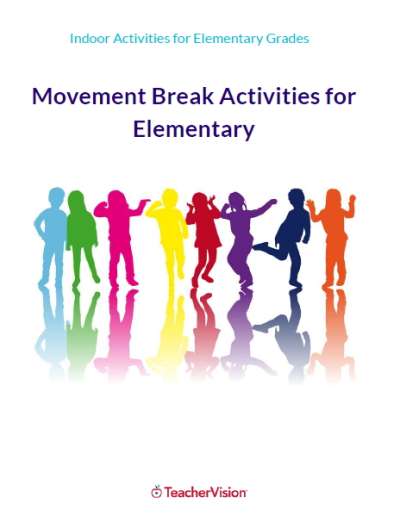Students need numerous opportunities in each music class toexplore their voices and learn to sing with more accuracy. Thefollowing suggestions should give teachers a variety of techniquesfrom which to choose.
- Discuss with students the various ways voices are used (talking,whispering, yelling or calling, and singing). Have the students namethe things their voices can do and follow examples of both you (theteacher) and other students as they talk, whisper, call, and sing.
- Demonstrate and then ask young students to follow with theirvoice (sirens) the movement of a light scarf (gauze, chiffon, etc.) as itis tossed in the air and allowed to float to the floor. Students mayalso perform sirens as the scarf is held at one corner and waved orswooped in circles.
- "Mother Cat and Her Kittens" is a listening game that also helpsdevelop singing voices. In the traditional game, one child is chosento be Mother or Father Cat. The cat leaves the room while four orfive students are chosen to be kittens and hide in the room. The catreturns, meowing. Each time the cat meows, all the kittens who arehiding must meow. When all the kittens have been found, a newMother or Father Cat is chosen. Of course, a high, free, singing toneis encouraged for the "meow."
- Teach students a repertory of poems, encouraging them to use variedspeech inflections. Look for poems that use colorful language, onomatopoeia, dialogue, and lively speech rhythms. Try antiphonal,choral, and solo performances.
- Expose students to live or recorded performances by masterfulstorytellers. Mimic the voices used for characters and the vocalsounds that create story effects. With older students, discuss thedifferent vocal qualities. Help students expand their own speakingrange as they tell familiar stories. (Many traditions include singingin storytelling: see The Singing Sack by Helen East.)
- Provide lots of opportunities for the students to use their entirevocal range. Have them try to make the hoot of an owl, circles,sirens, the beep-beep of TV's Roadrunner, the puff-puff-toot-toot ofa train, yoo-hoos, the call of a coyote, the slide of a trombone or slidewhistle, and so forth.
- Start class with a vocal echo exercise. Begin with descending majoror minor triads on the syllable "whoo."
- Be cuckoo clocks. Using some kind of cuckoo clock visual withhands that move, you or your students set a time and students (individual or entire class) make the appropriate number of cuckoosounds.
- Ride a roller coaster with voices. You or a student point to a wavydiagram on the board and the voices follow on "oo." Puppets arealso useful for this activity. If the roller coaster gets stuck, all mustcall "yoo-hoo" on sol-mi or mi-do from the top of the roller coaster forhelp. When the roller coaster is fixed, the hand and voice glidesmoothly from the top to the bottom.
- Add sound effects with voices only (no instruments) or use appropriate character voices for stories or poems.
- Create a "sound poem." The students suggest sounds (initially youshould suggest a category such as animal sounds) and you writethem on the board in no particular arrangement, although it shouldbe visually interesting. Then you draw lines to connect some ofthem. To perform the poem, the students make the sound you pointto. By pointing to sounds and then tracing paths to change sounds,you control the duration, tempo, dynamics, and so forth. The studentscan lead as well (once they are comfortable with the procedures). Infact, more than one student can lead with half of the group followingone leader and the other half following the other leader. This technique works well for middle and upper-elementary students whoneed voice exploration but do not like activities geared towardyounger students (such as "cuckoo clocks").
- To extend students' range of phonation and help them form theconcept of pitch, try the following activities.
- Glissando between higher and lower pitches.
- Speak rhymes with inflection.
- Accompany pitch variation with movement in a vertical axis.
- Provide visual representations of pitches and melodic patterns.
- Encourage students to explore the sounds their voices can makebefore focusing on matching pitches or achieving accurate singing. Itis often incorrect to assume that inaccurate singers are not aware ofpitch or do not hear the correct pitch. Time spent teaching pitchmatching before a child has acquired the vocal coordination to singthe pitch does more to build doubts and insecurities than it does toaid the student to become a singer.
- Play the "Lost Mountain Climber" game. You stand in a corner ofthe room, or on a chair, and call for help by singing "yoo-hoo" on asol-mi pattern, for example. The students are asked to be the echocoming back from the mountain. Have students take turns being thelost mountain climber.
- Use students' picture books to aid in echo games (for example, BillMartin Jr.'s Brown Bear, Brown Bear, What Do You See?). You sing a question using a simple pitch pattern (sol-mi, sol-mi-do, mi-do-la), and the students respond with the answer on thesame pattern.
- Toss bean bags or Nerf balls and have the students accompany themovement with swooping vocal sound.
- Do tonal rondos with the students to give them practice withspecific patterns and develop their musical independence. Have thestudents echo a tonal pattern on a neutral syllable, some text, ortonal syllables (A). Then have them sing that pattern several timeswithout your help. When they are comfortable with that, you sing apattern (B) and they answer back with theirs (A); then you sing adifferent pattern (C) and they answer back with theirs (A). Initially,the students will want to echo your pattern. Of course, the students'responses eventually could be in smaller groups (the teacher oranother student could cue a group), and then individual response.
- In addition, the students' pattern may be reinforced with the teacheror students playing the pattern on a xylophone or tone bells whenthe students sing. Some ways to turn this activity into a game areincluded below.
Have the students pretend that they are babies just learning totalk and that all they know how to say is their pattern. No matter what question you sing to them, they answer back withtheir pattern because that's all they know how to say.
Build a big sandwich. The students' pattern is sung on thewords "we are bread." The teacher sings something for thesandwich, followed by the students' bread, followed by theteacher putting something else on the sandwich, and so forth.This also works as a pizza with the students putting "cheese"on after each teacher topping. Later versions could include thestudents deciding on a topping. The class could sing the"bread" or "cheese" part, followed by a student's filling, followed by the class part, followed by another student, and soforth. Be sure that the students practice their individual partsall together first. Then they will be comfortable with what eachis going to sing prior to playing the game.
Variation 1:
Students remain in their places and hide their faces behind theirhands instead of actually hiding.
Variation 2:
Kittens must mimic the quality of the cat's meows.
Variation 3:
substitute walkers lost in the bush. A search and rescue volunteer calls "cooee" and the lost walkers answer.','Substitute skiers lost in the Alps. A ski patrol member calls "yoo-hoo," and the lost skiers answer.






